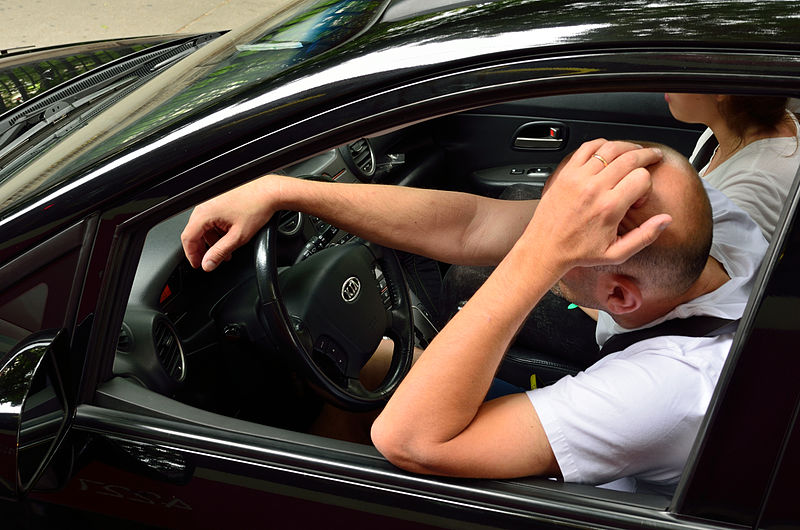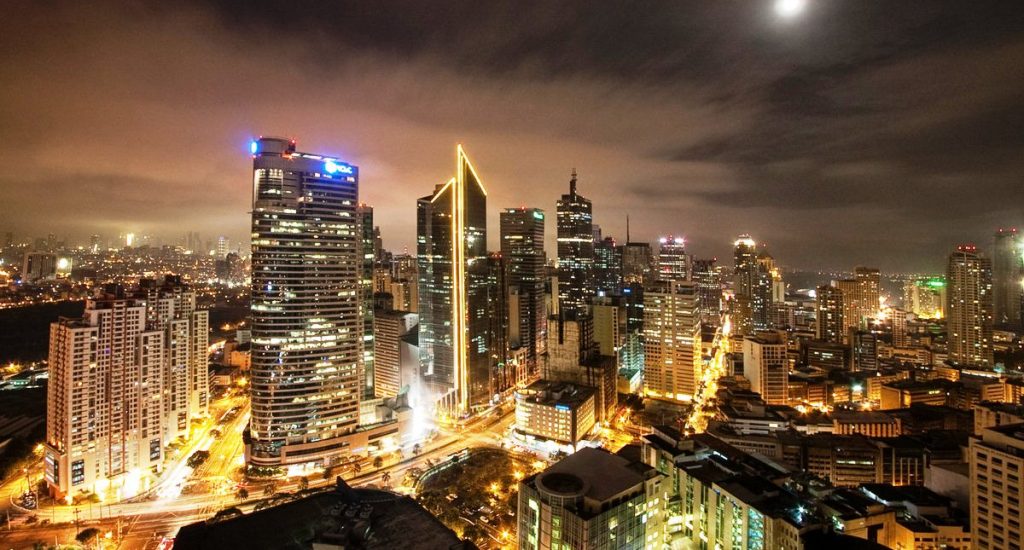What is traffic congestion?
Road traffic congestion is a phenomenon that occurs when the number of cars exceeds road capacity, resulting in longer travel times and dramatically slower movement.
Why is traffic congestion generally an important topic to address?
Traffic congestion is generally a big problem in big and growing cities around the world, particularly in megacities in the Global South.
Due to these megacities’ generally poorly planned road networks, a common outcome is the presence of hotspots that are both the causes and of congestion, and/or are subject to congestion. Rapid population growth and poor traffic management around these hotspots are fundamental factors that explain traffic congestion as a local issue and a global question.
Why should we explore traffic congestion in the context of Manila?
Fun fact: The traffic congestion in Metro Manila is identified as the worst in the world, after Rio de Janeiro, Sao Paulo and Jakarta.
In terms of local consequences, this issue is important to Manila because it encompasses direct environmental, economic, and social costs to Philippine society. Among many things, this issue involves considering the environmental cost of using up gasoline while waiting for traffic to move, the economic cost of people being stuck in traffic for a significant part of their day, and the social cost of allocating so much time in the day to being on the road.
Generally, traffic is a vital part of a city as it shapes how the city is structured, runs and functions. For Manila, this issue is particularly pressing due to the rapid population growth and hourglass shape of the city that almost naturally induces congestion.

(Source of photo: CreativeCommons.)
The level of urban development experienced in Manila also still falls short in contrast to other countries in the Southeast Asian region such as Singapore. One main explanation for why this is can be traced back to the weak governmental institutions put in place, and the absence of management and order within its governing body, such as with regards to roads. This is why the issue of traffic congestion has yet to be addressed properly and continues to be a major problem in the city.
(High levels of traffic congestion occurs everyday at the EDSA highway. Source of photo: CreativeCommons.)
Some Important Things to Know about Manila
Metro Manila is among one of the most populous cities in the world. It currently hosts a total of 12 million people, a number that already makes up around 13% of the country’s population of 92 million and still continues to grow.
As its name suggests, Metro Manila is considered a metropolitan area due to its densely populated urban core. Although Manila only occupies 0.2% of the total land area of the country, its average population density is around 18,688 people per square kilometre.
As the capital city, Manila is become the hub for all political, economic and social activities in the country. Considering this, a good traffic system is needed to keep the city and country functioning.

(Manila – a highly urbanized city today. Source of photo: CreativeCommons.)
References:
Andong, Rebeca Fontanilla, and Edsel Sajor. Environment, Development and Sustainability: Urban Sprawl, Public Transport, and Increasing CO2 Emissions: The Case of Metro Manila, Philippines. 19 Vol. Kluwer Academic Publishers, 02/01/2017. Web. 15 Feb. 2017.
Bretzke, W. 2013, “Global urbanization: a major challenge for logistics”, Logistics Research, vol. 6, no. 2-3, pp. 57-62.
Consulta, A.D.M., Nariz, E.J.N. and Rosario, S.B., 2015. Traffic, Social Media and the Filipino Commuters. Urbanism, Migration and Mega Traffic 4-9, 42, p.17.
Economist, T. (2016) Traffic in the Philippines’ capital Slowly does it. Available at: http://www.economist.com/news/asia/21693631-rising-car-ownership-and-appalling-transport-policies-block-roads-slowly-does-it (Accessed: 2 March 2017)
“Metro Manila Has ‘Worst Traffic On Earth,’ Longest Commute – Waze”. cnn. N.p., 2017. Web. 10 Feb. 2017.
The Economist (London): Slowly does it; Traffic in the Philippines’ Capital. 418 Vol. [Economist Newspaper Ltd, 02/27/2016. Web. 15 Feb. 2017.
Quito, Dr. Benjamin, Dr. Villamor S. Quebral, & Dr. Edna C. Aquino. “Smart Transport System: The Role of Technology in the Efficient Management of Traffic Situations in EDSA.” GRADUATE SCHOOL [Online], 1.1 (2016): n. pag. Web. 15 Feb. 2017.
